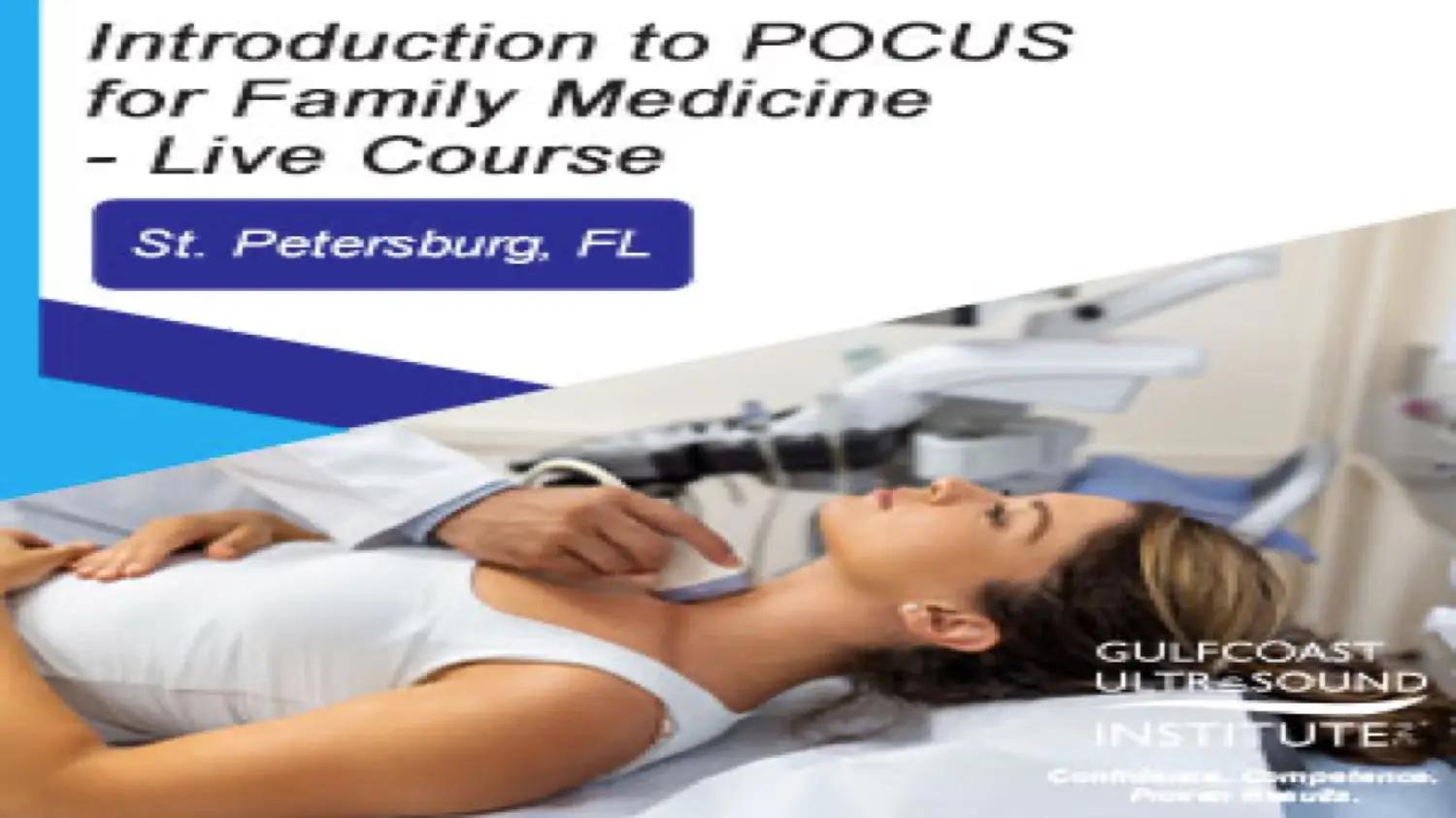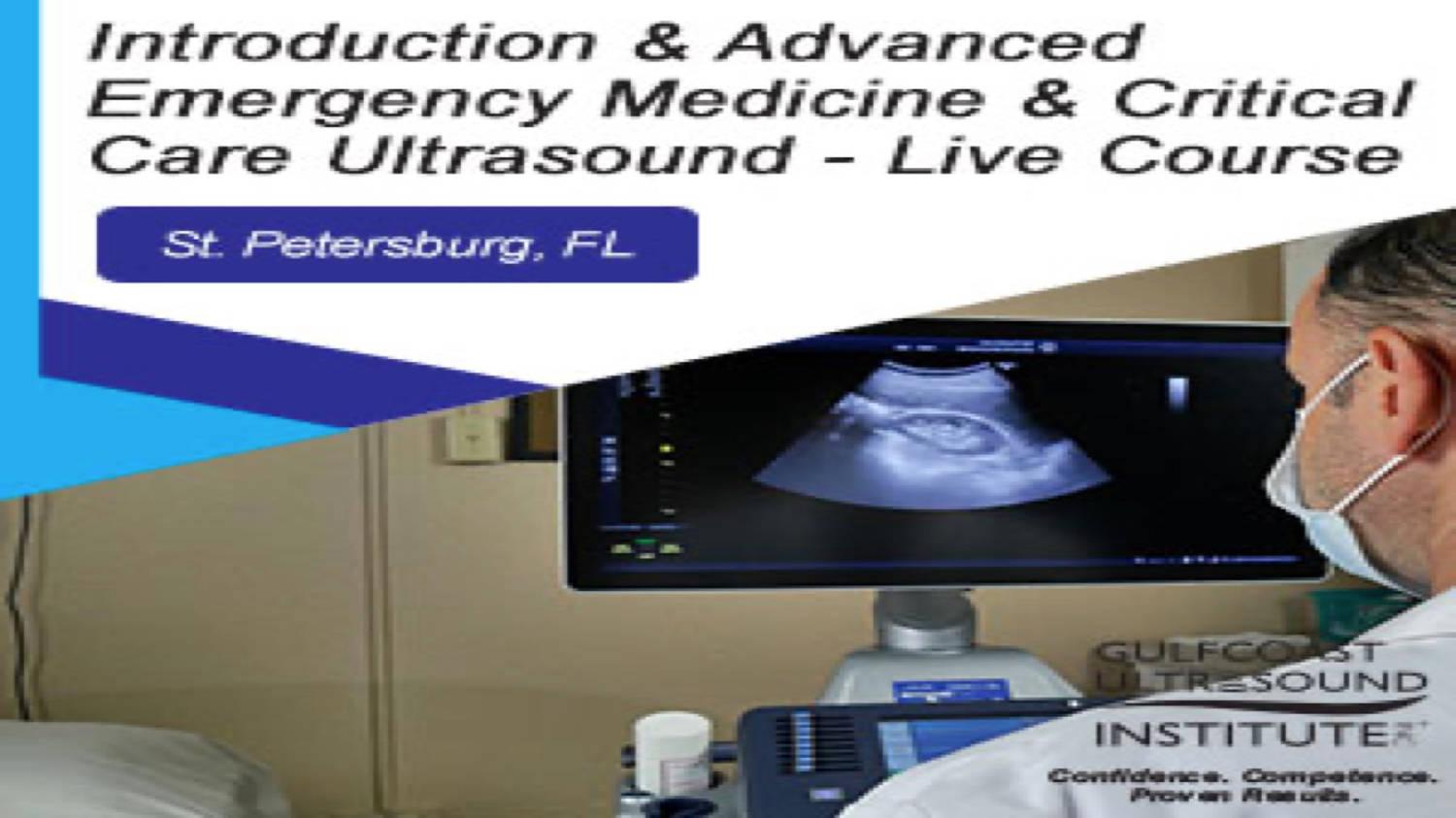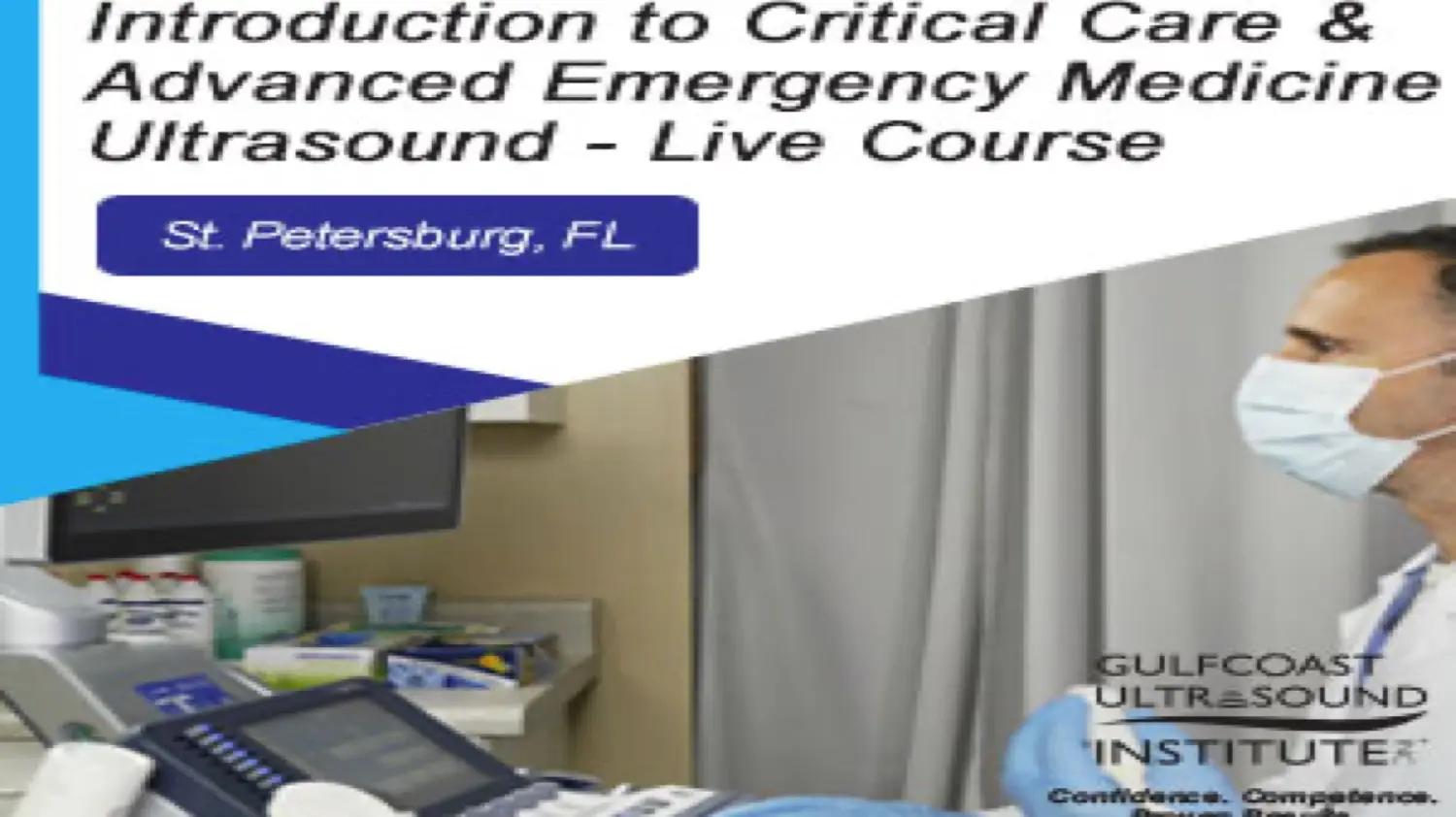
Frontiers in the treatment of systemic sclerosis interstitial lung disease: Therapeutic updates and best practices
 hosted byScientia CME
hosted byScientia CMEActivity Description / Statement of Need:
In this online CME self-learning program: Systemic sclerosis (SSc) is a rare connective tissue disease that affects between eight and 56 people per million per year and up to 341 people per million total in the U.S., of whom around 70% will experience interstitial lung disease (ILD). The disease is characterized by a progressive course of scarring to the blood vessels underlying the skin, connective tissue, joints, and organs. The pathology of SSc remains to be fully elucidated, but different immunologic and genetic pathways have been explored as potential precipitating factors for SSc. Based on what is known, SSc-ILD may be summarized into three steps: 1) continuous injury to endothelial cells, 2) activation of innate and adaptive immunity, 3) recruitment and activation of fibroblasts. Early diagnosis is crucial for preservation and survival of major organs. Lung fibrosis is considered irreversible, and if the disease has progressed far beyond repair, lung transplantation is considered. Therefore, early detection is paramount in order for patients to preserve their lung function.
Agenda:
Faculty introduction, disclosures
Cursory refresher and review on SSc-ILD epidemiology and diagnosis
- Pathophysiology: The connection between scleroderma and lung disease, types of scleroderma
- Prevalence, underreporting, and risk factors
- Clinical presentation and high-risk features
Assessment and diagnosis
- HRCT scan: Sensitivity and specificity
- Lung biopsy
- Prognosis, mortality prediction, staging system
Treatment of SSc-ILD
- Goals of therapy
- Timing of treatment initation
- Pharmacotherapy
- Corticosteroids, immunomodulators, cyclophosphamide
- Nintedanib
- Pirfenidone
- Scleroderma
Extracorporeal photopheresis
Lenabasum
- Management of complications
- Stem cell and lung transplantation
- Organ rejection
- Patient education
- Patient case(s)
Summary, conclusions, and best practice recap
Learning Objectives:
By the end of the session the participant will be able to:
- Define the clinical features of systemic sclerosis.
- Discuss current understanding of the biology of systemic sclerosis.
- Define clinical phenotypes of systemic sclerosis.
- Explore pulmonary manifestations of systemic sclerosis.
- Understand the approach to diagnosis of systemic sclerosis interstitial lung disease and other pulmonary manifestations.
Accreditation:
This activity has been planned and implemented in accordance with the accreditation requirements and policies of the Accreditation Council for Continuing Medical Education through ScientiaCME. ScientiaCME is accredited by the ACCME to provide continuing medical education for physicians.
Credit Designation: ScientiaCME designates this educational activity for a maximum of 0.75 AMA PRA Category 1 Credit(s)™ toward the AMA Physician's Recognition Award. Physicians should only claim credit commensurate with the extent of their participation in the activity.
ABIM MOC Recognition Statement: Successful completion of this CME activity, which includes participation in the evaluation component, enables the participant to earn up to 0.75 MOC points in the American Board of Internal Medicine's (ABIM) Maintenance of Certification (MOC) program. Participants will earn MOC points equivalent to the amount of CME credits claimed for the activity. It is the CME activity provider's responsibility to submit participant completion information to ACCME for the purpose of granting ABIM MOC credit.
Physicians: For maintenance of certification (MOC) credit, you must enter your board certification ID # and birth date correctly. It is the learner's responsibility to provide this information completely and accurately at the completion of the activity. Without providing it, the learner will NOT receive MOC credit for this activity. Please note: Not all activities on this site provide MOC credit. If this activity does not specify that it provides MOC credit in this section, then it does NOT provide MOC credit.
Pharmacists: ScientiaCME is accredited by the Accreditation Council for Pharmacy Education (ACPE) as a provider of continuing pharmaceutical education. This program is approved for 0.75 hours (0.075 CEUs) of continuing education. Proof of participation will be posted to your NABP CPE profile within 4 to 6 weeks to participants who have successfully completed the post-test. Participants must participate in the entire presentation and complete the course evaluation to receive continuing pharmacy education credit. ACPE # 0574-0000-20-046-H01-P. CPE credit effective 10/08/20 and expires 10/08/22. This is a Knowledge (K)-type activity.
Pharmacists: You must enter your NABP # and birth date correctly so that proof of participation can be posted to your NABP CPE profile. It is the learner's responsibility to provide this information completely and accurately at the completion of the activity. Without providing it, the learner will NOT receive CPE credit for this activity.
Nurse Practitioners (NPs): The American Academy of Nurse Practitioners accepts AMA PRA Category 1 Credit(s)™ from organizations accredited by the ACCME. ScientiaCME will provide NPs who successfully complete each activity with a certificate of participation indicating that the activity was designated for AMA PRA Category 1 Credit(s)™.
Physician Assistants: The American Academy of Physician Assistants accepts AMA PRA Category 1 Credit(s)™ from organizations accredited by the ACCME.
Instructions:
- Read the learning objectives above
- Take the Pre-Test (optional). Completion of the pre-test will help us evaluate the knowledge gained by participating in this CME activity.
- View the online activity. You may view this is in more than one session, and may pause or repeat any portion of the presentation if you need to.
- Take the post-test
- Complete the activity evaluation and CME registration. A CE certificate will be emailed to you immediately.
System Requirements:
PC
Windows 7 or above
Internet Explorer 8
*Adobe Acrobat Reader
MAC
Mac OS 10.2.8
Safari or Chrome or Firefox
*Adobe Acrobat Reader
Internet Explorer is not supported on the Macintosh
*Required to view Printable PDF Version









